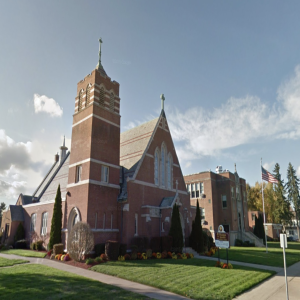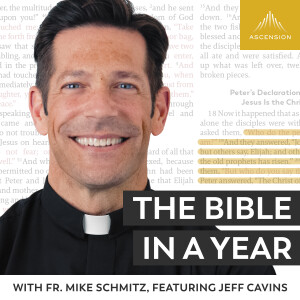

Homily for the Feast of the Dedication of the Lateran Basilica in Rome
The early days of the Church saw the start of the authorized persecution of Christians with the words of Emperor Nero, who said, "Let there be no more Christians." After his death, persecutions continued on and off for the next 240 years until 313 AD, when, about a year after he converted to Christianity, Emperor Constantine gave religious liberty to Christians and all people of goodwill. To the Pope, Constantine gave the Lateran Palace, which had been seized by Nero from an early Christian family named Laterani.
Within a few years, a baptistry dedicated to John the Baptist and a large basilica dedicated to Christ the Redeemer were built next to the palace. Pope Sylvester consecrated it on November 9, 324.
Since that time, the Roman Empire rose and fell. The Coliseum, where Christians died for their faith, was abandoned. Throughout the centuries, wars, earthquakes, and fires severely damaged or entirely destroyed the cathedral church and the palace six times. Each time, they were restored with even greater magnificence. The empire is gone, but Christians still celebrate the Eucharist in the Archbasilica of St. John Lateran.
The Lateran church reminds us how wonderful it is to have religious freedom. Sometimes, though, that freedom is taken away in some parts of our world. When persecutors say, "Let there be no more Christians," the grace of the early Church is needed again; the grace of martyrdom and courage to publicly embrace the Cross of Christ is required once again. For we know that the future of Christians is not in palaces like that of the Laterani Family, nor in hidden catacombs where early Christians would worship, but in heavenly places, in the presence of God, where the Church will indeed be free.
More Episodes
All Episodes>>You may also like
Create Your Podcast In Minutes
- Full-featured podcast site
- Unlimited storage and bandwidth
- Comprehensive podcast stats
- Distribute to Apple Podcasts, Spotify, and more
- Make money with your podcast












